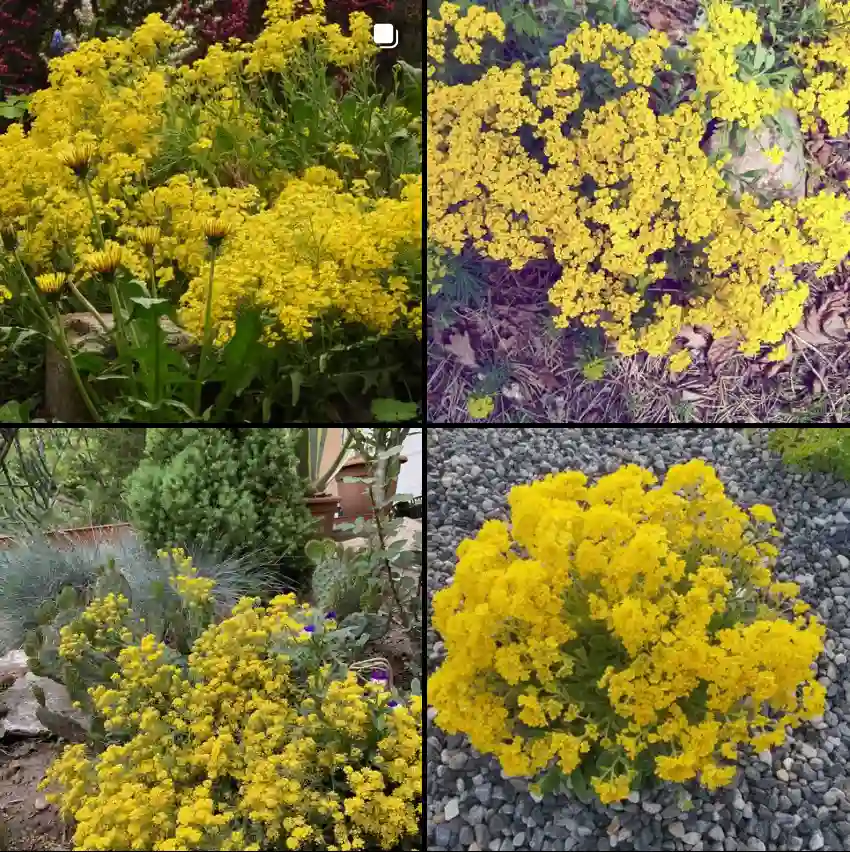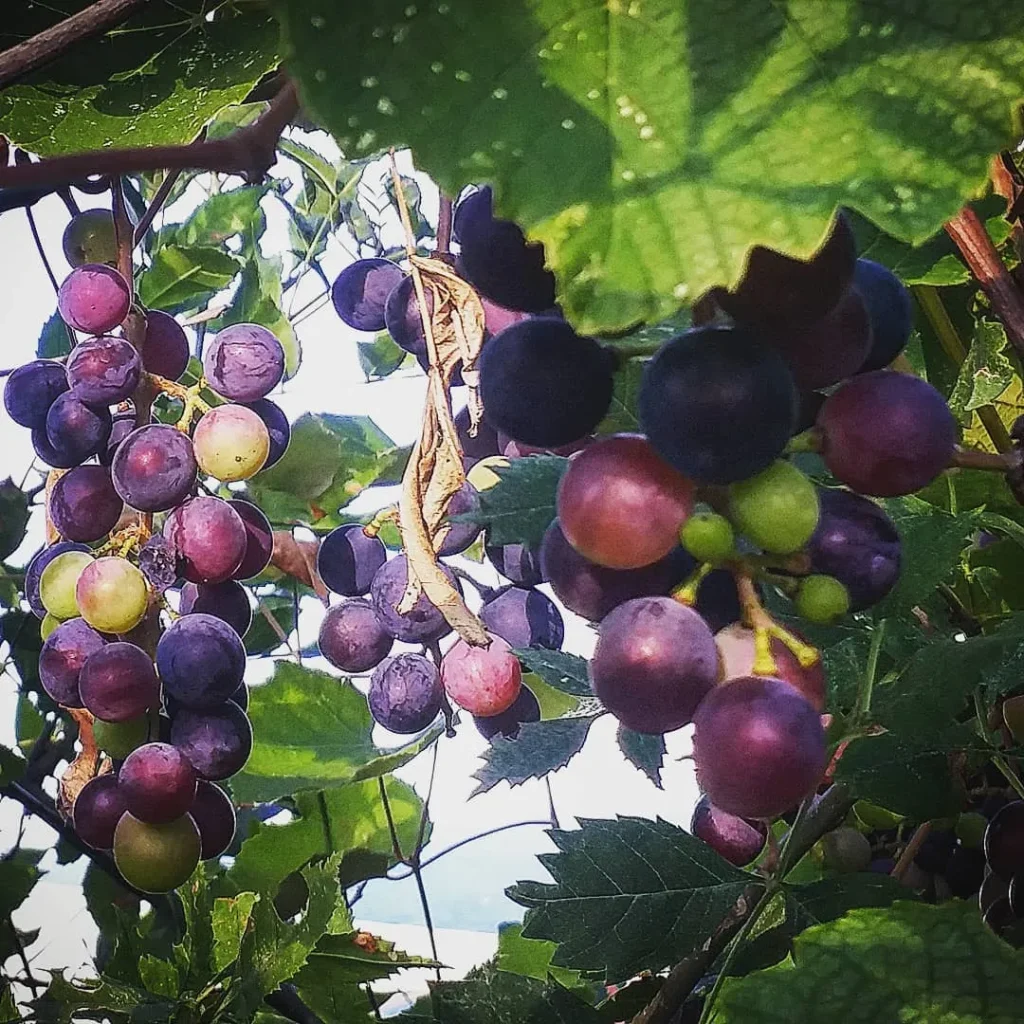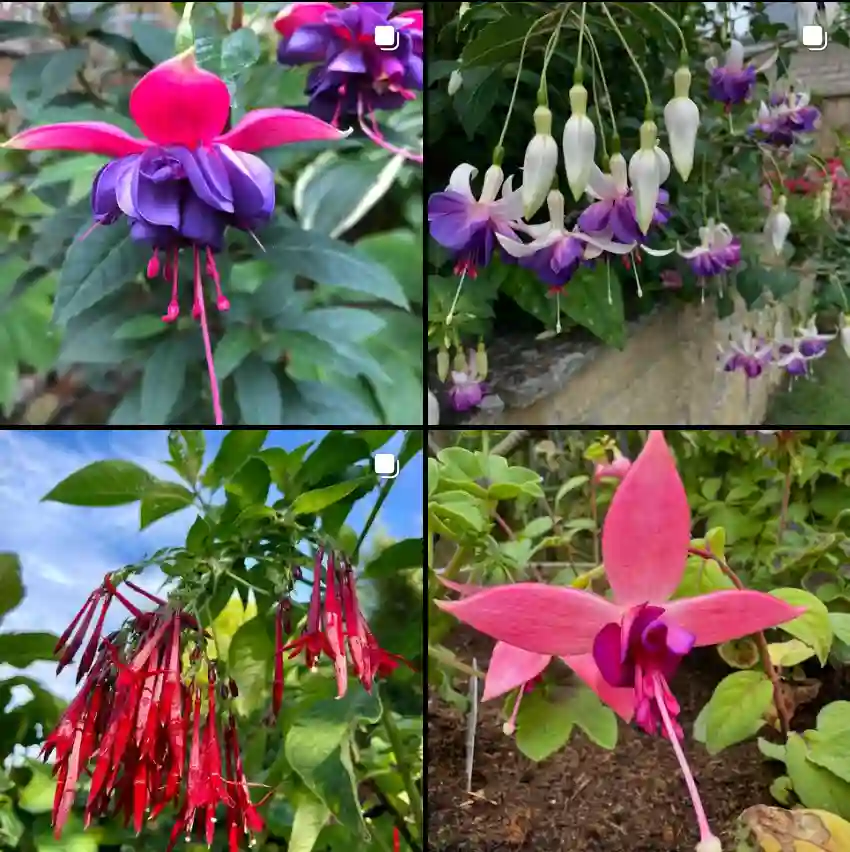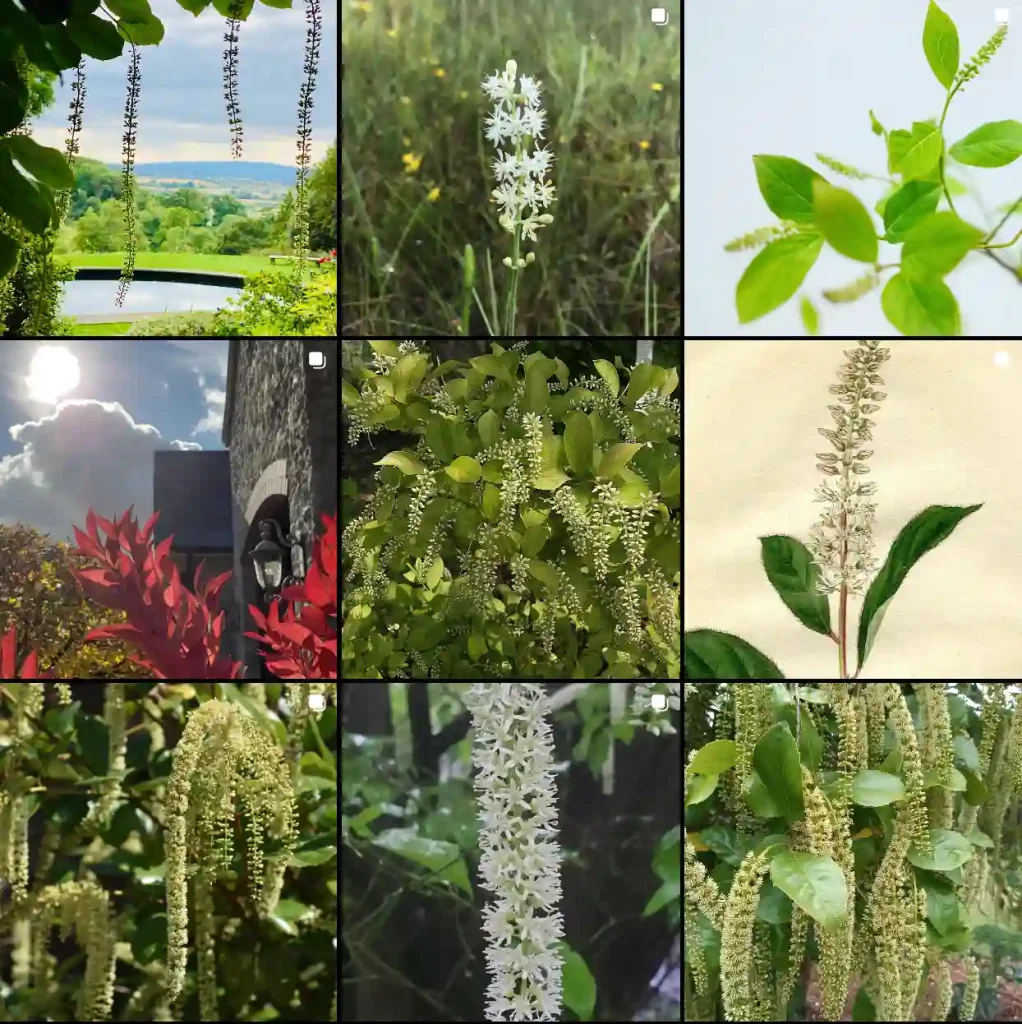Cyperus Cleopatra is one of those plants that can really make a statement in a garden or landscape. I’ve always been drawn to its unique look, reminiscent of ancient Egyptian papyrus, but with a modern twist. It’s versatile, hardy, and surprisingly easy to care for once you understand its needs. I often get questions about Cyperus Cleopatra, so I’ve put together a list of FAQs to help others appreciate this remarkable plant.
957 Species in Genus Cyperus
What is Cyperus Cleopatra?
Cyperus Cleopatra, also known as Cleopatra Cyperus Grass, is a stunning ornamental plant. It’s a variety of Cyperus Papyrus, the famous plant that was once used to make paper in ancient Egypt. The Cyperus Cleopatra plant, however, is a smaller, more manageable version that’s perfect for gardens or containers. It has long, slender stems topped with a cluster of bright green, thread-like leaves that fan out, creating a striking visual display.
What is the difference between Cyperus Cleopatra and other Cyperus varieties?
The main difference lies in its size and hardiness. While the traditional Cyperus Papyrus can grow up to 10 feet tall, Cyperus Cleopatra typically stays around 3 to 4 feet, making it more suitable for smaller spaces. It’s also hardier than some other Cyperus varieties, tolerating a wider range of conditions, which makes Cyperus Cleopatra care more straightforward.
How do you care for a Cyperus Cleopatra plant?
Caring for Cyperus Cleopatra is quite simple once you understand its needs. This plant thrives in full sun but can tolerate partial shade. It loves moisture, so I recommend keeping the soil consistently wet, almost boggy. It’s a great option for areas near ponds or water features where other plants might struggle. In terms of soil, Cyperus Cleopatra isn’t too picky, but it does best in rich, well-draining soil.
Fertilize it during the growing season with a balanced, water-soluble fertilizer every four to six weeks. This helps maintain its lush green appearance and encourages healthy growth. As for pests, I haven’t encountered any major issues, but keeping an eye out for common garden pests like aphids or spider mites is always a good idea.
What zone is Cyperus Cleopatra suitable for?
Cyperus Cleopatra is suitable for USDA zones 9 to 11. It can tolerate a bit of frost, but in colder climates, it’s best treated as an annual or brought indoors during the winter. If you’re growing it in a container, just move it to a sunny spot indoors when the temperatures start to drop.
How do you propagate Cyperus Cleopatra?
Propagating Cyperus Cleopatra is easy and rewarding. The most common method is by division. In spring or early summer, dig up the plant and carefully separate the clumps, making sure each section has some roots attached. Replant the divisions in moist soil, and they should establish themselves quickly.
Another method is by cuttings. Simply take a stem cutting with a few leaves, place it in water, and wait for roots to develop. Once the roots are a few inches long, you can plant the cutting in soil. I find this method particularly satisfying because it’s fascinating to watch the roots grow.
What plants pair well with Cyperus Cleopatra?
Cyperus Cleopatra pairs well with other moisture-loving plants. I like to plant it alongside cannas, water irises, and ornamental grasses like Carex or Juncus. The contrasting textures create a dynamic and visually appealing garden bed. You can also plant it near water features with plants like water lilies or lotus for a lush, tropical look.
Can Cyperus Cleopatra be grown indoors?
Yes, Cyperus Cleopatra can be grown indoors, but it requires a lot of light. Place it in a bright, sunny window or under grow lights if natural light is limited. Keep the soil consistently moist and mist the plant regularly to maintain humidity. It’s a bit more challenging to grow indoors, but with proper care, it can thrive.
What are the benefits of growing Cyperus Cleopatra?
One of the main benefits of growing Cyperus Cleopatra is its visual impact. Its unique structure and vibrant green color make it a standout in any garden. It’s also relatively low maintenance and can be grown in wet, challenging areas where other plants might fail. Additionally, Cyperus Cleopatra can help improve air quality and add a touch of greenery to water features, making it both a practical and beautiful addition to your landscape.
How does Cyperus Cleopatra fit into a garden design?
In garden design, Cyperus Cleopatra works well as a focal point in water gardens or as a tall, vertical element in mixed borders. Its striking form adds height and texture, drawing the eye and creating a sense of movement. I like to use it to add an exotic, tropical feel to my garden, especially when paired with other bold plants like elephant ears or tropical ferns.
Cyperus Cleopatra is a plant that offers both beauty and function. Whether you’re looking to create a lush, tropical oasis or simply need a hardy plant for a wet spot in your garden, Cyperus Cleopatra is a fantastic choice. With proper care, it can thrive and become a stunning feature in any landscape.
If i die, water my plants!



